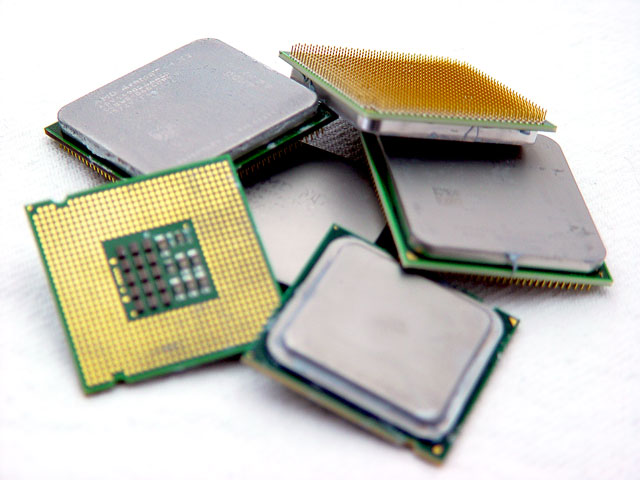11 - The Verdict
The Verdict
So then, the hardcore truth today is a very simple fact: you'll gain a better bang for buck in your games from a faster clocked dual-core processor opposed to having a somewhat slower clocked quad-core processor. That doesn't mean though that quad-core processors offers less value. Contrary, and I know I've been evangelizing it for over a year now, but the future is multi-core gaming, the fact is just that dual-core is the sweet spot value wise anno 2008 as 95% of the games still only use one and maybe two CPU cores.
Why did you not use a GeForce 9800 GX2 you ask? Well, actually we did. Yet on the Phenom platform we noticed that in several occasions the second GPU on that card did not work, feeding back improper results. This is why I like Single-GPU solutions so much. The next fastest card in line was the GeForce 8800 Ultra.
When we look purely at the quad-core processors used in this review, it's quite interesting to see what the effect of the platform difference between AMD Phenom and Intel Core 2 processors. We compared the two quite a lot in the past already, yet with more affordable graphics cards in the mid-range segment. Surely, in the high-end segment a faster graphics card obviously needs to be paired with a faster processor to form a nice symbiosis between the two, more frames per second equals more date for the CPU to present to the GPU drivers. It's a simple matter of 1+1=2
2,4,8,16 cores ... right now it seems that after 2 cores it does not seem to matter that much how many cores you have in your PC when it comes to gaming. Our recent Intel Skultrail review (8 logical CPU cores) proved that already. The biggest bang for your buck is a faster Core 2 Duo dual-core processors preferably with a higher clock frequency. Next in line are the cheaper quad-core processors. But after four cores guys, I tell you, with the pending Intel Nehalem release going 6, 8 and maybe even more cores, we are bound to run into an issue. More transistors means more costly products. What really needs to go up is that processors frequency.
Though AMD offers price wise a slightly more affordable Quad-core solution, we can not deny and ignore the fact Core 2 Quad is the faster processor. Especially the new Core 2 Quad 45nm Penryn based processors offer a little extra punch. The QX9770 kicks ass in every foreseeable segment, but unfortunately it's downright expensive. No, the winner in this article has to be the 45nm Penryn based Core 2 Quad Q9450. At 300 USD this processor offers leading performance at a leading price. Here in the Netherlands this processors costs slightly over 250 EUR, and is as far as I am concerned a very interesting purchase.
But anno 2008, comparing apples to oranges, unless you are really into 3DMark ... the Core 2 Duo dual-core processors, looking at it from the gaming perspective offer the best value for your money. And when we focus on pure raw performance, the new 45nm Penryn Quad cores processors just haul ass big-time with truly grand performance; and that's the cold core truth.
We like to thank both AMD & Intel for supplying us with the processors needed for this article.
If you liked this article please Digg it.
AMD Athlon X2 4850E ($89.99) - AMD Phenom X3 8750 ($227.99) - AMD Phenom X4 9550 ($195.00) - AMD Phenom X4 9850 ($235.00) - Intel Core 2 Duo E8400 ($203.73) - Intel Core 2 Duo X6800 Extreme ($1,102.00) = EOL - Intel Core 2 Quad Q6850 ($1,081.87) = EOL - Intel Core 2 Quad Q6600 ($225.99) - Intel Core 2 Quad Q9450 ($299.00) - Intel Core 2 Quad QX9770 ($1,499.99)

